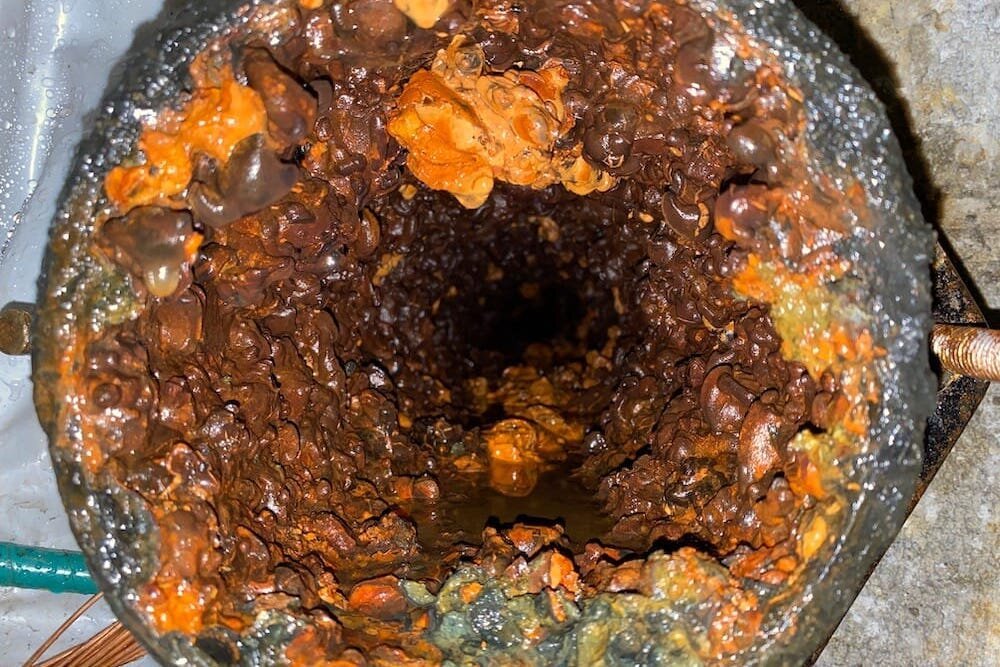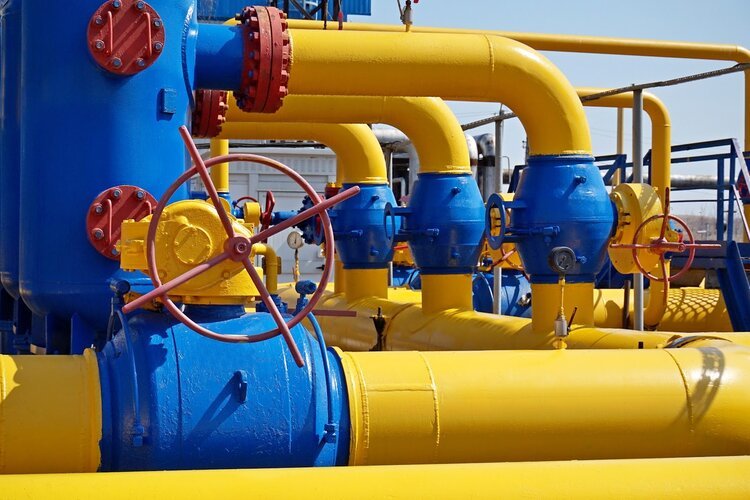
Pigging 4” - 60”
To keep your pipeline running smoothly, proper maintenance is crucial. Often, the key to an efficient maintenance strategy is understanding the right cleaning method for your pipeline.
Why is the cleanliness of your pipeline important? Over time, your pipeline accumulates build-up and debris. This build-up can severely reduce the flow of your pipeline if left unaddressed.
A cleaning option to consider when dealing with pipeline issues like debris build-up is pipeline pigging. Pipeline pigging services are an effective and affordable way to address pipeline issues like build-up, low flow rates and more.
Keep reading to learn about American Pipeline Solutions’ pipeline pigging services, issues that pigging can address and more.
American Pipeline Solutions’ Pigging Process
When helping a client pig their pipelines, APS provides all necessary equipment to launch and deploy pigs. The equipment that APS brings on-site includes pigs, APS design-build pig launchers and receivers, lagoons, pumps and all other ancillary equipment.
To prepare for the pigging process, the APS team sets up all necessary equipment for a successful pig run. This involves filling the lagoon with water and setting up the pump by connecting hoses from the pump to the launcher.
Then, APS prepares a pig for deployment. First, APS places a transmitter inside a cavity in a pig. This transmitter is used to track the pig during deployment. Next, APS places above-ground monitors along the line to track the pig.
Once this is done, the pig is inserted into the pig launcher. APS turns on the pumps, which launches the pig into the pipeline. During the pig run, APS closely monitors the pig’s location as well as the pressure of the pipeline. This pressure data is logged and provided to the client at the end of the pigging project.
APS will retrieve a pig at the retrieval point after it has run through the pipeline. After a pig has been retrieved, APS will confirm if the line has been cleaned. If necessary, APS will send a second pig through the pipeline.
What Pipeline Issues Can Pigging Address?
There are numerous issues that pipeline pigging services can address. A common issue found in pipelines is build-up or debris. The kind of build-up in a pipeline can vary depending on the pipeline material and the product it transports. Overall, pigging is beneficial when cleaning almost any type of pipeline.
Some ways that pigging a pipeline can improve its performance include:
Improving a pipeline’s low flow rates
Increase flow capacity back to the original pipeline’s capacity
Lower the pressure in the pipeline
Remove blockage in the pipeline
Remove accumulated debris in the pipeline
Routine maintenance
Pipeline Size vs. Material: What Impacts Pigging?
Typically, the size of a pipeline has more of an impact than the material of a pipeline. APS has experience pigging pipelines of any material and sizes ranging from 4” to 60”. The size of a pipeline impacts the pigging processes when it comes to the type of pig used.
APS uses a number of pigs called poly-pigs. One difference in the types of poly-pigs used by APS is density. The density of the pig refers to how many pounds the pig weighs. A lighter density pig is more malleable and is used for smaller diameter pipes. The heavier a pig is, the more aggressively it will clean a pipeline.
When assessing a client’s pipeline issue, APS uses over 30 years of industry experience and pigging expertise to determine the best pig to use.
Are you looking for a fitting pigging solution for your pipeline?
Contact the team at American Pipeline Solutions and learn about our pipeline pigging services today.























